|
Devices, devices everywhere... Every single place you look. In the hands of all the children, Instead of puzzles, blocks and books. Whatever happened to the days, when children went outdoors and played? Whatever happened to the times, when they were hypnotized by rhymes? What happened to carefree days of play, running, skipping, jumping? Now the children stay indoors, clicking, tapping, swiping. They sit and stare at flashing screens, for hours without end. No movement, no discovery, no time spent playing with friends. Let's all get back to basics, back to childhoods of old. Let's disconnect our kids, and show them wonders to behold. Summer's here so let's get those kids unplugged! Get them out in nature to explore, imagine, and create. Take them out on expeditions; to parks, beaches, zoos, botanical gardens, fairs, festivals, farmer's market, etc. Doesn't have to be far from home nor expensive. These outings and excursions will help build background knowledge as well as memories that will carry into adulthood. If your kids aren't receptive to the idea of unplugging, consider some of the following titles that are a fun read and highlight the positives of disconnecting and reconnecting with childhood the way it used to be. Back to basics! Also, take a look at our previous blogs, such as Connecting With Nature and The Power of a Garden, for unplugged summer fun ideas! 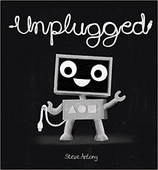 Unplugged by Steve Antony Blip loves being plugged into her computer. She can do all kinds of things, but then one day she gets disconnected and discovers a whole world outside of her computer that is filled with sunshine, plants and new friends! 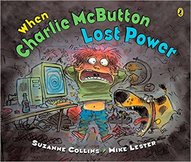 When Charlie McButton Lost Power by Suzanne Collins Charlie McButton has likes and like-nots. His likes involve all things electronic, namely battling bad creatures on his computer. When a storm blows through and knocks out power, Charlie’s technological world comes tumbling down. What is he to do until the power is restored? This book is a very fun reminder that there is plenty of fun to be had offline. 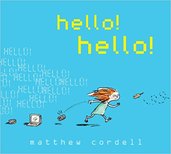 hello! hello! by Matthew Cordell Lydia’s family is totally engrossed in their gadgets. Feeling restless and bored after her attempts to engage her family members in conversation fails, Lydia ventures outside and finds all kinds of things to say hello to: rocks, leaves, flowers, and more! But the best part of this new world? Sharing its wonders with the people she loves most. #DisconnectToConnect 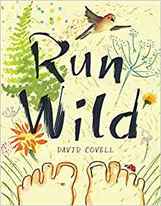 Run Wild by David Covell A boy sits inside on his device. A girl runs by his window and shouts, “Hey, You! Sky’s blue!” Intrigued, the boy heads outside, leaving his shoes and phone behind and enters a world of natural wonders and endless delights. This book perfectly captures the joy of connecting with the world outside your front door. 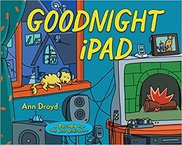 Goodnight iPad: A Parody for the Next Generation by Ann Droyd "In the bright buzzing room, there was an iPad, and a kid playing Doom..." It is time for all of the devices and gadgets to power down and recharge before another day. Older children and adults will especially appreciate this new take on a classic bedtime story. 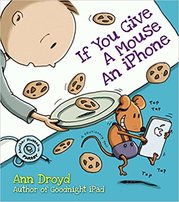 If You Give a Mouse an iPhone: A Cautionary Tale by Ann Droyd As with Goodnight iPad, this re-imagining of a beloved story is set in our modern, ever-connected world. What happens when Mouse is given an iPhone to keep him busy? Well, he misses out on all of the fun going on around him because he is staring at the screen! The lesson to learn from this story? There is so much to see and experience offline! 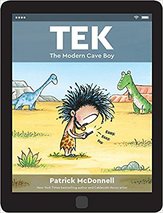 Tek: The Modern Cave Boy by Patrick McDonnell What happens to a little boy who spends all day, every day inside on his phone, tablet, television and video games? He loses touch with all of his friends and family, the great outdoors and even his language abilities! Another cautionary tale, shaped like a tablet itself, that reminds us of the importance to put down our devices and reconnect with the ones we love and the world around us. 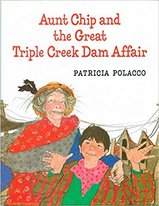 Aunt Chip and the Great Triple Creek Dam Affair by Patricia Polacco Everyone in Triple Creek loves their televisions. They watch them while they are eating, playing, working, sleeping and even in school! But Eli's Aunt Chip is different. She doesn't own a television and never has. When Aunt Chip learns that the townspeople cannot read and only use books for furniture and to repair broken roofs, she jumps out of bed to make some changes. This is another delightful story about the need to limit screen time and the importance of books in our lives. 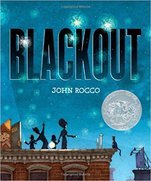 Blackout by John Rocco It's a hot summer night in the city. A boy is watching television, his sister is on the phone, his mother is working on her computer and his father is making dinner. Then the power goes out, plunging them into darkness and cutting them off from their various devices. They go up to the roof in order to escape the heat and discover the beauty of the stars and see all of their neighbors out and enjoying each other's company. This story shows the fun that can be had when we disconnect from our electronics and reconnect with each other. 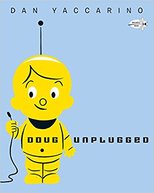 Doug Unplugged by Dan Yaccarino Doug is a robot. Every morning his parents plug him in for his information download before their leave for work. One day, after learning all about the city, Doug unplugs and goes on an adventure to the city to see what else there is to learn. By doing, touching, seeing, listening and interacting with a new friend, Doug learns far more than he ever did by just plugging in, showing that unplugging is sometimes the best thing to do. Unplug this summer, reconnect with nature and each other and have unforgettable fun!
Happy reading and adventuring!
0 Comments
Fairy tales, the timeless stories of monsters and heroes, damsels and princes, talking creatures and unbelievable happenings; that touch of magic that children crave and that stirs the imagination. In fairy tales, anything is possible, any problem can be overcome and ordinary people can do extraordinary things. It is this sense of magic and endless possibilities that speaks to the heart of a child. So with the end of the school year and the long summer break looming ahead, think about using fairy tales to teach positive life lessons without the lectures. Child psychologist Bruno Bettelheim explains a child’s need for magic in his book The Uses of Enchantment: The Meaning and Importance of Fairy Tales: “The fairy tale proceeds in a manner which conforms to the way a child thinks and experiences the world; this is why the fairy tale is so convincing to him. He can gain much better solace from a fairy tale than he can from an effort to comfort him based on adult reasoning and viewpoints. A child trusts what the fairy story tells, because its world view accords with his own.” Fairy tales remind us that evil does exist but it also shows us that evil can be conquered and good prevail. Eighteenth century German poet, philosopher and playwright Johann Christoph Friedrich von Schiller remarked that “deeper meaning resides in the fairy tales told to me in my childhood than in any truth that is taught in life.” So sit and read a fairy tale with your child and let the tale help to impart the morals and manners you wish to take hold. Children will invariably ask questions and a conversation may ensue giving you the opportunity to impart your own wisdom and make the implied message clearer in their minds. Check out our blog post The Magic of Fairy Tales to see a list of great fairy tale books to share! Creating a Fairy Garden To bring the fairy tales to heart, take it a step further and jump on the fairy bandwagon and create your own fairy realm. The fairy garden movement evolved out of the fairy door phenomenon, those little doors that began springing up in random locations all around the country, igniting everyone's curiosity. What's behind the door? stirred the imagination and lead to complete fairy homes and then whole fairy communities. Fairy gardens are the embodiment of imagination, creativity and magic. I dare you to look at one of these miniature worlds and not smile. They immediately spark wonder and delight in all those who come upon them and this is especially true of children. The beauty of creating a fairy garden with children is that the possibilities are truly endless. They can be indoors or out, feature real plants or fake, be created with purchased, found or natural materials in a container, flower bed, out in the yard, around a tree stump, anywhere at all. They can even be based on a fairy tale you have read with your child. The best fairy gardens for children are those that children themselves have a hand in creating and that feature manipulatives they can rearrange and move about as they wish. Think of it as a sort of doll house. Playing in a fairy garden allows a child to exercise their own creativity and engage in pretend, imaginative play that will aid in the development of small motor skills, coordination and focus. Additionally, manipulating small figurines and objects in a fairy garden will boost their oral storytelling skills as they invent stories and scenarios while they play, taking their cue from tales you have already read together. The following is a list of things to consider before starting your own fairy garden:
Our Fairy Garden Fairy gardens should be a continuous work-in-progress. Kids need to be able to flex their creative muscles and make their imaginings come to life. Also, fairies enjoy getting new things just as much as people do! Our fairy garden is no exception and first came about on a whim after removing a large bush that was next to our deck. The space left behind was the perfect blank slate for us to transform into a magical place for fairies to gather! We are trying to use more natural materials to create our own dwellings and furniture for the fairies, but when you're at Michaels and your 2 year old catches sight of all of those beautiful fairy figurines and houses...well, how can you say no and just walk on by? Therefore, as stated earlier, our garden is a mix of a little bit of everything: found/re-purposed, homemade, natural and purchased items. My daughter is always an active participant in the process and uses the garden for make believe play. Consider some of the following titles to bring fairies to life and make it a memorable summer for you and your child: *Note: this post contains Amazon Affiliate links. Any purchases made via the links provided go to support our literacy efforts! My collection of fairy encyclopedias and art books started when I was young and has continued to grow as my daughter's own love of fairies has blossomed. You would be surprised what amazing books you can find at a used book sale, so keep your eyes open for a glimpse of gossamer wings when browsing! Do you have a fairy garden of your own? Share a photo with us in the comments!
Happy reading and creating! |
AuthorWe are mom Sandra and daughters Amanda and Kate, all with backgrounds in literacy and education, who want to share our philosophy of taking the basics of life; books, simple toys that encourage play, imagination and creativity, and using cooking and baking to teach math and real life skills to raise happy, inquisitive children. Join us in exploring the old and the new and sifting through the myriad of research to consider what is best for our children. Archives
June 2022
Categories
All
|
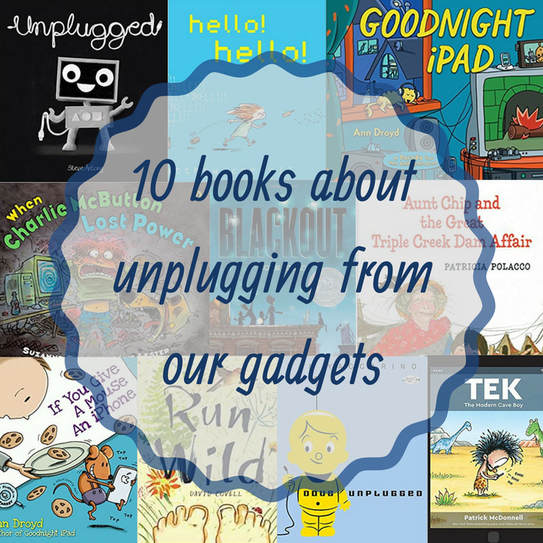
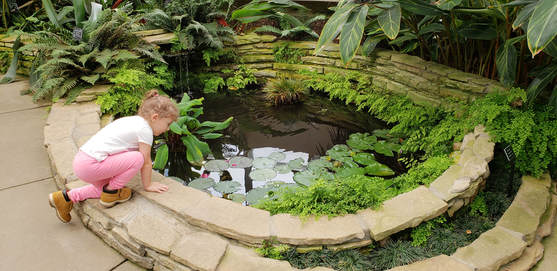
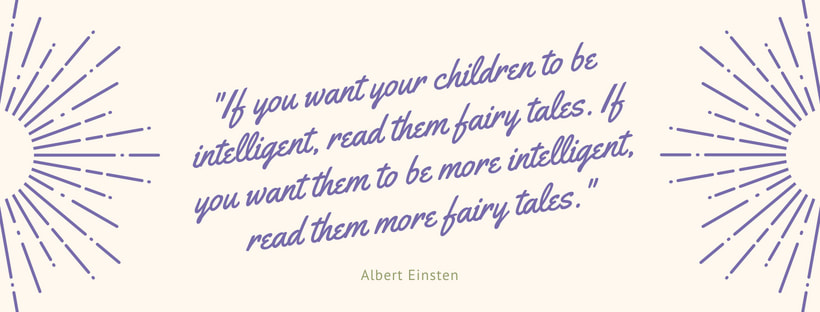

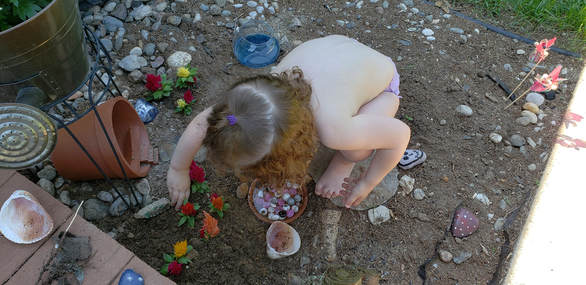
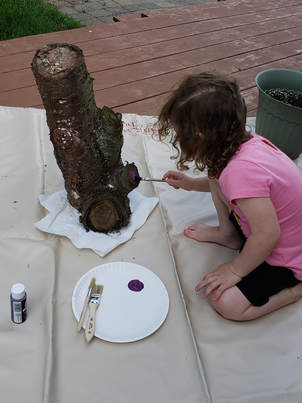
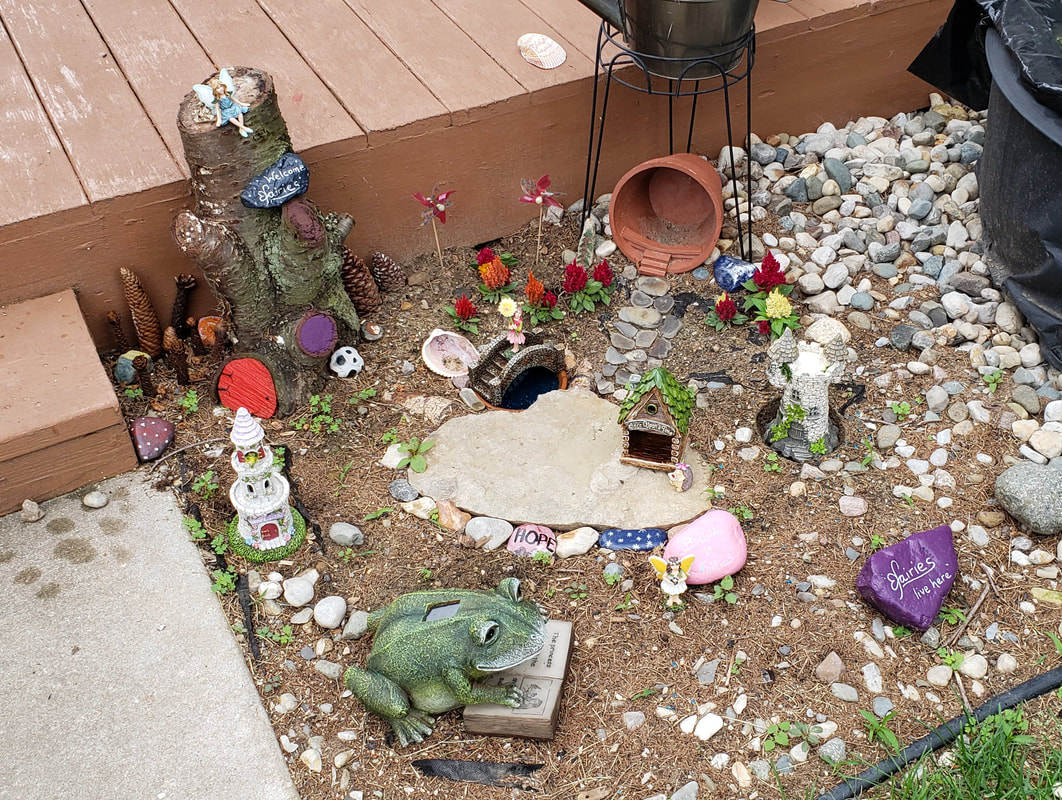
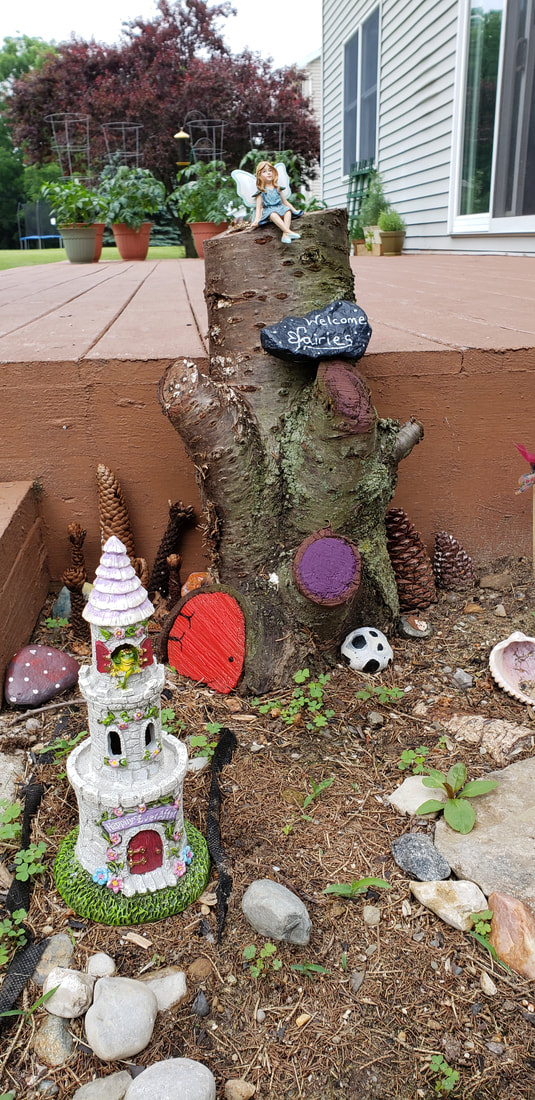
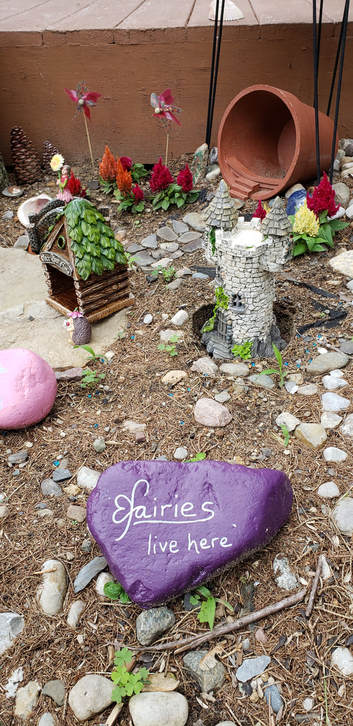
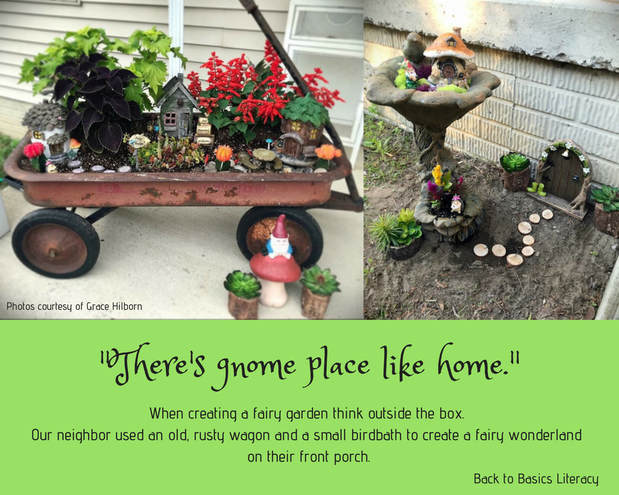
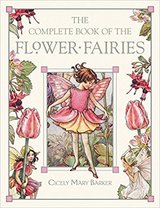
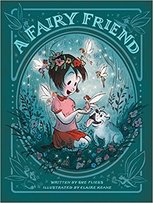
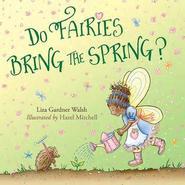
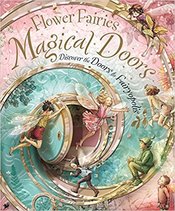
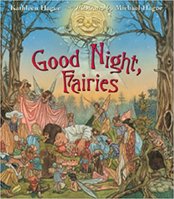
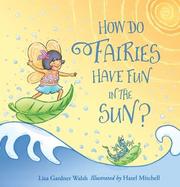
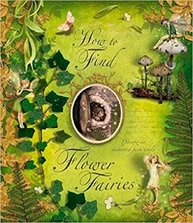
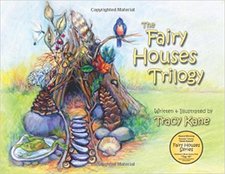
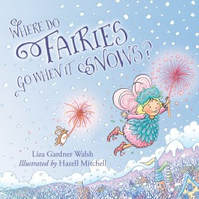
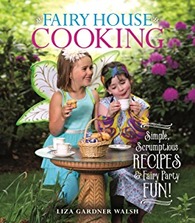
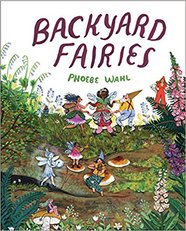
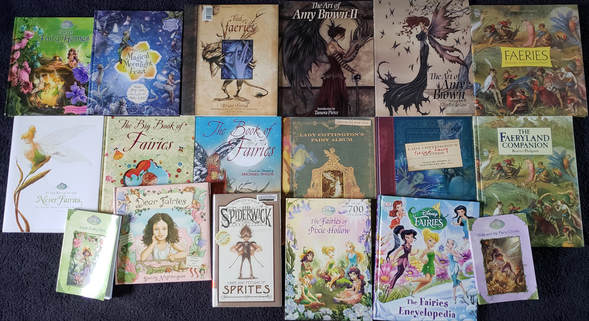
 RSS Feed
RSS Feed